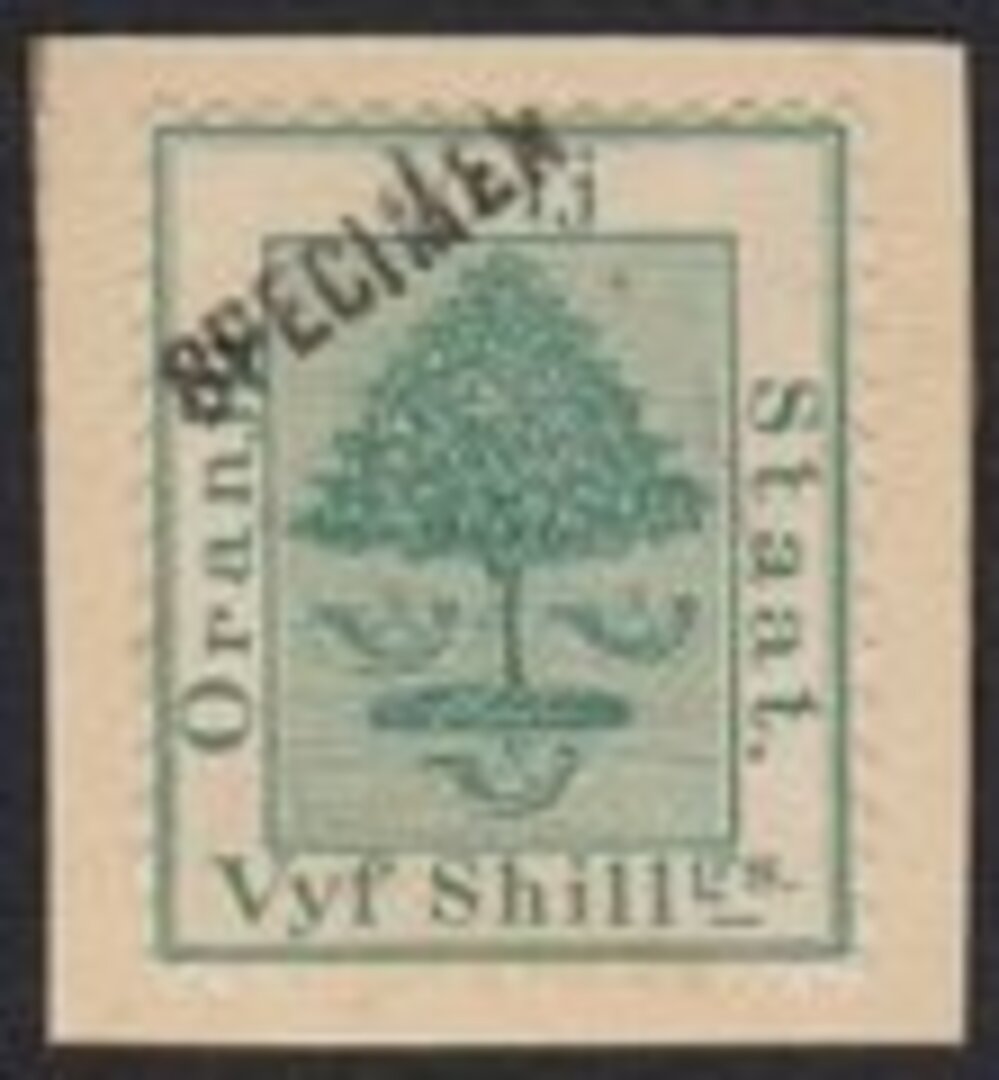Prior to the 1874 Berne Universal Postal Union Congress most stamp issuing authorities only sent out information regarding postal rates or new stamp issues to their own post offices. These were generally ordinary examples of current or new issues affixed to information sheets. In some cases they would be overprinted “Specimen” to prevent the recipient selling on the stamps for personal gain, as was the case with the original Great Britain 1d Black and 2d Blue attached to the “Notice to all Postmasters” sheet.
At the Berne Conference it was agreed that the participating nations would create a single “postal union” which would regulate international mail, including registration and insurance and deal with the transfer of delivery fees between nations.
The founding of the International Union, led to a rapid standardisation of mail services throughout Europe and their ever expanding overseas territories. This expansion of the overseas postal system into far flung corners of the world required that postal employees be able to both recognise bona fide “postage labels” and to be able to calculate that the correct rate of postage to been paid and collected.
How was this seemingly momentous task achieved? The Second UPU Congress held in Paris in 1878 provided the solution and a procedure adopted by the Members that has been adhered to ever since. Clause 2 of Article XXIX of the Treaty requires Members to send to the International Bureau 70 copies of each of the ‘documents’ that would be required for distribution by the Bureau. The ‘documents’ referred to include a collection of the postage stamps and philatelic stationary of each Member. By definition, this includes new issues. The stamps and other philatelic material are overprinted or perforated with the word ‘Specimen’ by the Member country.
The collections were originally prepared by the individual postal administrations, though in more modern times they are sent directly to the Bureau by the printers. The Bureau then assembles sets for circulation, retaining its own copies, with sheets broken down and separated to single or strips of stamps according to the individual requirements of UPU Members. Once received, sets are then distributed within the country to the relevant postal administrations. In effect every UPU Member would possess a complete portfolio of all the stamps issued by other Members. Many early issues are now to be found in Philatelic Museums. In some cases individual countries would receive un-overprinted stamps of member countries and affix them to reference pages. Many Portuguese Colonial offices cancelled them with “ultramar” handstamps, Spanish offices with “muestra” overprints and French and British offices used “Specimen” handstamps in various colours and some were perforated. As the stamps have no postal value many postal administrations have reduced the size of their archives and many have found their way to collectors and dealers.
Some of the most attractive are those ‘Specimen’ stamps were issued by the International Bureau on behalf of the 19th and early 20th Century British Colonies, including amongst them the many territories that make up modern day South Africa including Natal, Orange Free State and Transvaal, a fascinating selection of which you will find in our current catalogues.
Further reading and detailed listings can be found in “UPU Specimen Stamps” by James Bendon.


 General
General
 General
General
 General
General